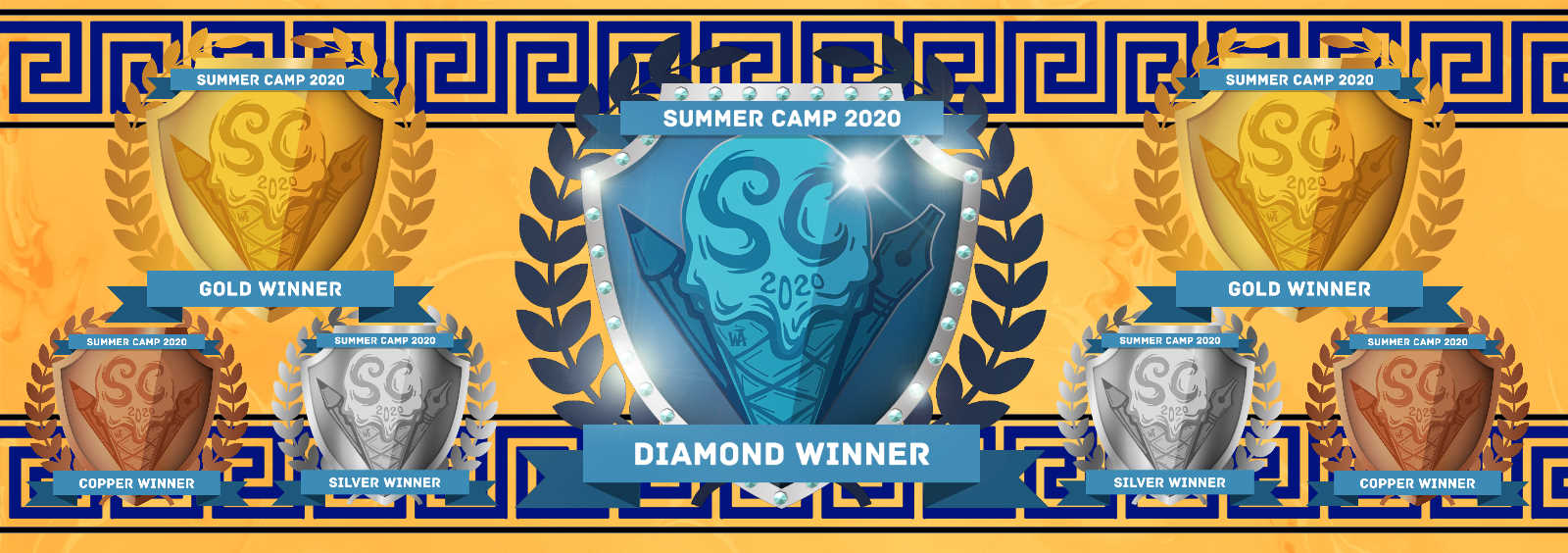Describe a vehicle in your world that brings joy wherever it arrives.
Sun-Chariot of Helios
The residents of Mythoversal Hellas imagine the sun to be a golden chariot, driven across the sky by the sun titan, Helios. This vehicle lights and heats the world, to the joy of all mortals.Dawn
At the start of each day, Eos, the goddess of the dawn, throws open the Ethiopian Gates, allowing Helios and his flying horse-drawn vehicle to take to the sky.
"Aurora amazônica no Lago do Cuniã" (2013) by Rodrigo Erse
The Daytime Hours
The journey across the sky passes eleven daytime Hours, or Horai. These are goddesses who station themselves along the track of the sun-chariot each day to feed and water the horses, perform repairs on the chariot, and provide for the needs of its driver while the sun-chariot passes through their part of the sky. The track taken by the chariot varies with the season. The trip is longer in the summer and shorter in the winter, but the eleven Horai always remain evenly spaced between dawn and dusk. This is why an hour of summer is longer than an hour of winter.
Detail from "Apollo and the Hours" (1822) by Georg Friedrich Kersting (1785-1847)
The View from Above
From his perch atop the sky, Helios can see for miles and miles and miles and miles and miles. In modern times, he would likely be considered the god of spy satellites and military intelligence. Helios, from his chariot, spotted Aphrodite stepping out for an affair with Ares, and informed on them to Hephaestus. Helios is also the one who spotted Hades kidnapping Persephone, and informed on him to Demeter. But the greatest concern of Helios is watching over his prize herd of cattle on the island of Thrinacia.Replacement Drivers
Sometimes, even Helios takes a day off. But the sun can never stop shining. And so, Apollo, always eager for a chance to shine, is the one who most often volunteers to take over. Except for that one time when Phaeton took the reins, and things went . . . badly.
"The Fall of Phaëton" (1777) by George Stubbs (1724-1806)
Dusk
At the end of each day, the sun-chariot reaches the Gardens of Hesperides at the far western edge of the Ocean. There, three Nymphs of Evening, Aigle, Erytheis, and Hespere, tend a golden apple tree. The three are sometimes called the Atlantides after their father, Atlas, who stands on a nearby mountaintop, holding up the sky.
"Garden of Hesperides" (c. 1898) by Albert Herter (1871 – 1950)

Comments